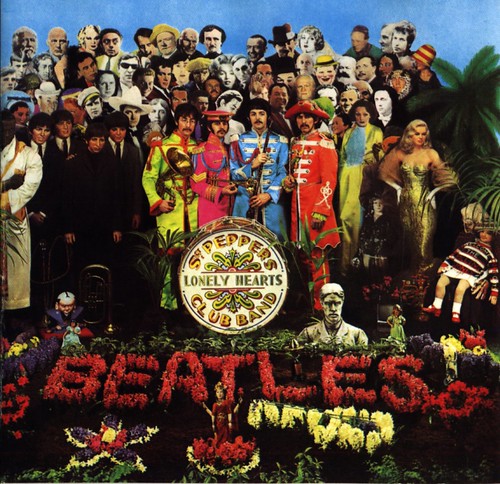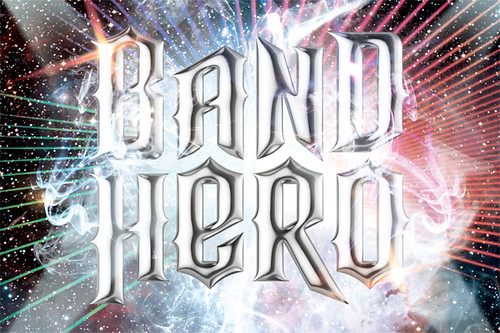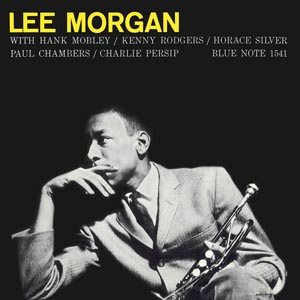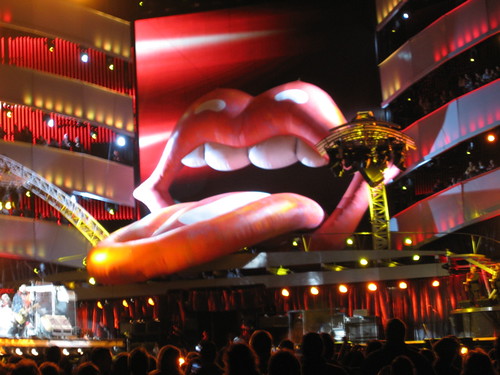Thursday, 11:57am
22 October 2009
Music by design
Eye goes behind the scenes of next year’s Music Design Awards

The winners of the first ever Music Design Awards will be announced next February, writes John Ridpath. The organisers – Marie Thomas and Matthew Davies – found some time to talk to Eye about this new competition.
Thomas and Davies also shared their thoughts on the classics of music design, though they hasten to add: ‘We wouldn't claim to be the arbiters of design excellence. The judges will do that.’
Top: ‘For breaking the mould: Sergeant Pepper vinyl album sleeve by The Beatles’. See Eye 36.
John Ridpath: Why start a specialist award when music is already covered by several of the big design awards?
Marie Thomas & Matthew Davies: We weren't convinced that any of the major design awards covered the sheer scope of design for the music industry with anything like the comprehensive approach we were determined to adopt. Music itself is such a broad church: design for classical music calls for very different strategies, concepts and implementations than design for, say, Gospel. We want the Music Design Awards to reflect all those nuances and differences.
JR: The music industry seems to be facing a bleak future. Can the same be said for music design?
MT & MD: Recorded music in the major label, packaged sense is heading for a bleak future, but music is a fluid marketplace – perhaps the most fluid of them all. As a result, we’re seeing the rise and rise of live performance, and with it, the rise and rise of motion picture design and theatre design, embroidered with the very latest software and technology to create new music worlds, new environments for the performance of all types of music. Yet there is still a thriving vinyl art market, still a CD market, and still a DVD packaging market.
Above: ‘For design for today: Pentagram’s brand evolution for Guitar Hero’. See ‘We can be heroes’ on the Eye blog.
JR: You are accepting entries from seven continental regions. How have the initial responses varied in different parts of the world?
MT & MD: It’s still early days. Like most creative awards, the entries will all arrive at the last minute, or even after the last minute. All we can say is that we’ve received good levels of interest from across the globe. What was particularly interesting was the speed with which countries like Morocco, Brazil and Indonesia picked up on the launch of the Awards. Yet, with hindsight, not that surprising – they are great music countries, with great design histories of very different types. The USA was slow to lock on, though it's picking up fast, and the UK has shown consistent interest in entering since day one. We really hope to get representative entries from every continental region.
JR: Can design really creatively represent or express music, or does it always exist to sell the brand?
MT & MD: Design for live performance may have very little to do with brand and much more to do with reflecting the subject matter. Ballet, and dance in general, is a good example. It almost goes without saying that packaging, merchandise and clothing may have an awful lot to do with selling the brand. But go beyond the performance or recording of music, and start to look at design for music publishing, for instance, and design is there to support content rather than the brand.
Above: Reflecting a great brand: Blue Note.
JR: Your project categories range from packaging and video to stage design and merchandising. Have you found that any of these areas are more creatively interesting than others?
MT & MD: Every time we talk to someone about these awards we peel back new layers. I think that’s more fascinating than whether any one category area is more creatively interesting. For instance, in our original thinking we left out the musical instrument makers. Big mistake. We got lots of phone calls and emails, so we quickly put it right by including musical products. Students, too, have been asking interesting questions about the inclusion of their music-linked or music-originated design projects. We think the judges will have a great time studying the entries. John L. Walters at Eye has been extremely helpful in opening up design areas that we overlooked.
JR: You have distinguished between Pop (‘musical styles accessible to the general public’) and four other more specialist genres. Are you expecting to receive a bigger share of the mainstream, or are the smaller scenes putting up a good fight?
MT & MD: It is amazingly difficult to summarise music genres to everyone's satisfaction. We’ve had a good go at it and feel reasonably content that we span the music world as evenly as possible. Yes, the ‘Popular’ genre may generate the highest number of entries, but there's a huge amount of great classical design out there, or design for jazz and other so-called fusion or multi-source music. It's exciting to be on the brink of a major new international celebration of design excellence.
Below: The biggest mouth in rock? Concert snap from the website of Rolling Stones keyboardist Chuck Leavell. Photograph by Rose Lane Leavell. See ‘Two degrees of (colour) separation’ on the Eye blog.
The winners of the Music Design Awards will be announced in February 2010. Closing date for entries: 31st October.
Eye is available from all good design bookshops and online at the Eye shop. For a taste of the magazine, try Eye before you buy.



